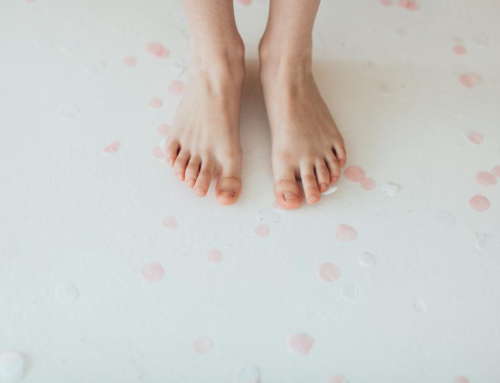Both toenail fungus and Psoriasis are infectious diseases that infect a large population of individuals. Although neither are deadly, they can be unsightly, uncomfortable, painful. They both spread to other parts of the body if left untreated. They are both also retractable through mere contact if left untreated. Moreover, the two diseases have similar characteristics in appearance and very similar symptoms. This blog will help you differentiate between the two diseases.
Thickening of the nail, pitting, and deformation are characteristics of both Psoriasis and a nail fungus. Although darkening of the nail is a symptom of a nail fungus. Yellowing or browning of the nail is a symptom of psoriasis. Detachment of the toenail from the nail bed is a common characteristic of both diseases. Distortion of the nail however is only classified in fungal nails. If chalky buildup should occur underneath the nail causing it to lift then this would be identified as a psoriasis symptom. On the other hand, if the nails become brittle and dull then this would be classified as a fungal nail. Lastly, pain or tenderness of the nails can be due to psoriasis, while a foul odor emitting from the feet is tied to nail fungus and athlete’s foot.
Although there are many similarities between psoriasis and nail fungus, it can be easier to identify when comparing the differences. If still unsure and are feeling discomfort in any way, you should definitely seek out professional help for clarification of your case and treatment options.
Treatment for Psoriasis
Psoriasis doesn’t always respond well to common treatments. The visible response may take weeks or months due to slow growth of the nail plate, and relapses are common. Most common treatments will include topical steroids, systemic treatments such as different medications. And sometimes, doctors might recommend nonpharmacological treatments such as phototherapy. It is extremely important to have the right diagnosis and treatment. Our doctors always recommend seeking a professional diagnosis before determining the best treatment for yourself.
Laser Treatment for Nail Fungus
If you have caught nail fungus as well, it can be easily treated using the FDA-approved PinPointe laser, which typically only takes on treatment.
Our toenail doctor in Tampa, FL recommends this treatment. The PinPointe Laser treatment has the highest cure rate in the market. It has no side effects and no recovery period. As a result, you can go about your daily activities right after the treatment. Also, it is not painful.
If you have any signs of nail fungus, call us at (800) 672-0625 or visit our website for more information on our doctors at one of our over 160 locations.



